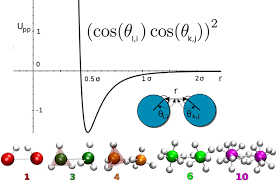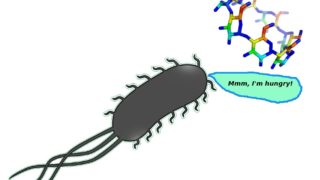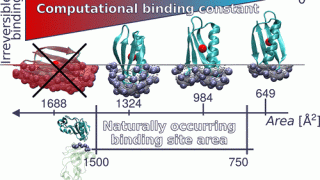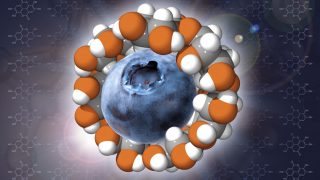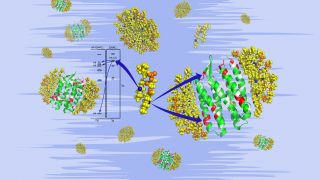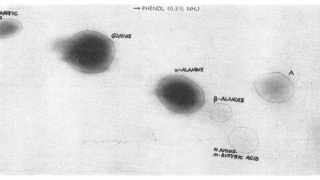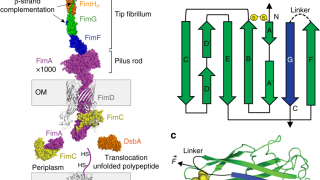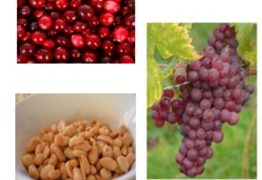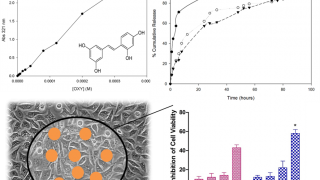
Cyclodextrin-based nanosponges as a complexating agent: application in oxyresveratrol complexes
Dip. Di Chemica, Università di Torino, via P. Giuria 7, 10125, Torino, Italy * adrian.matencioduran@unito.it The last articles of one of us (Matencio) [1,2,3,4] were about the different uses of a complexing agent called cyclodextrin (CD), a torus-shaped oligosaccharide made up of α-(1,4) linked glucose units, the most common CDs being α, β and γ-CD […]
